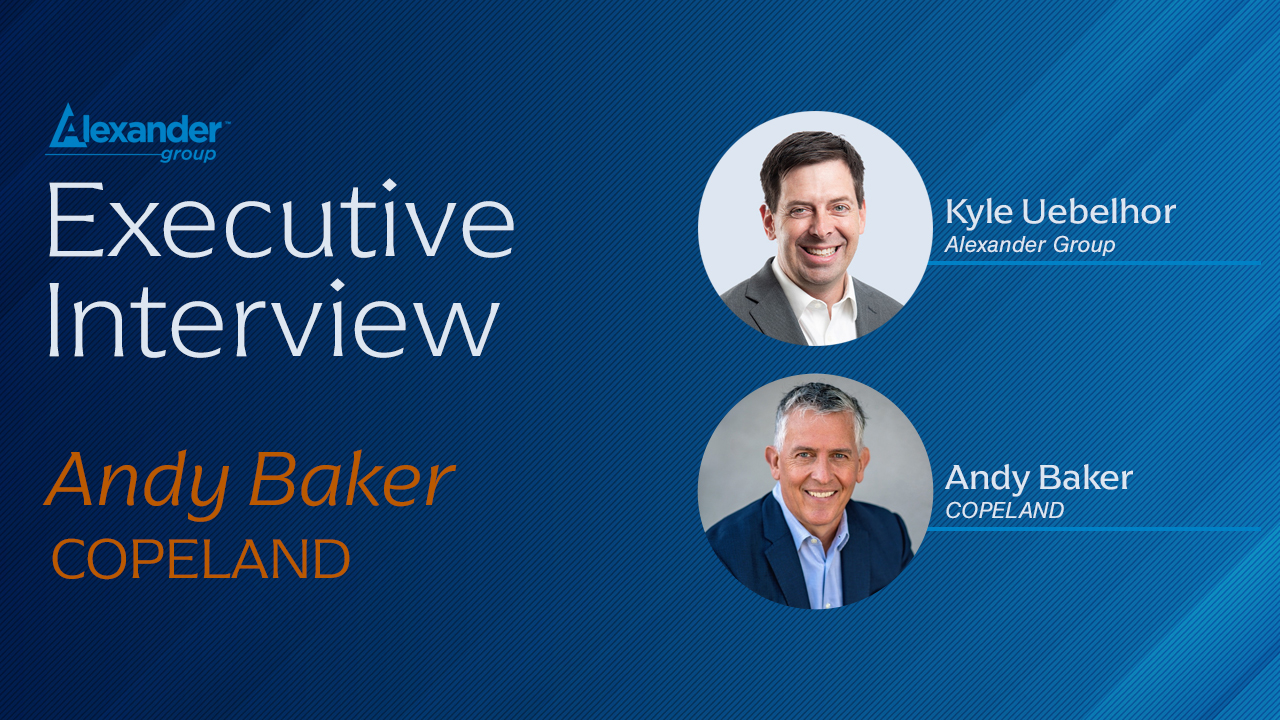Hello. I’m Elizabeth Watson, a director in our manufacturing and distribution practice. Today, I’ll be discussing a recent study to understand the journey companies make on their path to digital transformation. Agi recently led a research effort to understand the state of digital across multiple organizations. Key themes arose as we began to understand attributes of companies at different parts of their digital journey. First, what is the definition of digital? Many governments are still struggling to align their broader organization’s common digital definition and roadmap. We asked all the companies how they define digital, and definitions were all over the map. Many said e-commerce. Others omnichannel. Some data science. Companies struggle to define digital consistently, and some tried to narrow it down to one thing. Next was around the maturity model and teams. Most start with a digital definition and roadmap, then move on to standing up a digital team within their organization. As these teams ensure they advance initiatives, develop capabilities, add talent and begin to diffuse across the organization. For the most digitally mature organizations, the function is eventually elevated outside of commercial and into a separate digital structure. These digital teams own platforms, marketing and operations in many cases. We will dig in to the maturity model further to understand what are the attributes of companies as they move along the phase of maturity. So before we share the digital maturity model, we’ll want to align our definition of digital. Being digital is a lot of things.
A specific definition is too narrow, but a broad definition can be unwieldy. Agi research shows that mature digital organizations are formed around seven objectives. These objectives feed the foundational vision you will have. First is strategy and leadership. Start with a 3 to 5 year vision and leverage people who have done it before to kick start the effort. Second is culture and driving digital literacy, especially in the middle of the organization. Third is talent. Consider key roles like omnichannel experience manager or data science. Fourth is data and insights. Developing that ecosystem, even if not predictive, starting with a data lake or data science. Fifth is technology, your digital tech stack agility and alignment with customer experience. Six is the operations model and processes like CPQ and lead scoring. This is internal, not necessarily customer facing. Finally that customer experience. Know your intended customer experience and be deliberate. Use this as your anchor point. Now that we understand the definition of digital, we want to understand the journey of organizations take to become a transformational omnichannel organization. Agi research suggests companies go through four stages aligned with customer expectations. In the beginning, customers rely on physical channels. Companies do not feel the pressure to maintain more than foundational digital capabilities. They adopt contemporary lead generation tactics. Maybe there’s a contact we form on the website that gets filled out and a field that calls qualify. The organization maintains a website and maybe experience with an E-SHOP.
The sales organization focuses on executing discipline methodologies or processes, and the service organization invest in technology aimed at improving operational efficiency. As customer preferences begin to shift, companies feel that pain associated with an absence of a digital strategy. Marketing scrambles to get the most of an expanding mix across channels. A website or e-shop, evolves to a fully featured e-commerce platform. Marketing runs campaigns that drive inbound traffic. So now we’re posting on social or investing in search to drive people to our website. Sales trains customers to transact all potentially creating complex on which function is driving that metric. When companies approach stage three, they begin integrating data systems and processes across marketing, digital sales and service organizations. It’s no longer what channels more effective, but which campaign? And a campaign can combine all of our channels into one integrated process. This enables the marketing organization to better see the impact of their campaigns. Sales has more visibility into the buyer journey, informing how and when they engage, and the service organization improves customer experience with immersive portals and other tools. Finally, when entering the transformational stage, marketing becomes revenue responsible. They use terms like lifecycle management. It becomes difficult to see where marketing, SAP and sales and service starts. The digital team has architected a sophisticated omnichannel experience for customers, so they have the ability to engage on an offline. This ecosystem produces valuable data assets that are harnessed to personalize marketing messages and trigger timely sales engagement and even solve problems before they occur.
As organizations move across the digital maturity model, new roles become necessary. At the very beginning, organizations will invest in core roles like Demand Generation Manager and Data. As organizations begin to mature roles like e-commerce manager are deploying. This person is responsible for strategy at the website and leads the design and practicality of their companies online, shop and adjacent platforms. For manufacturing firms, the channel marketing specialist works with partners to develop, manage and optimize annual marketing. They work with appropriate stakeholders to ensure all data needs are met between the manufacturer and the distribution partner. Organisations seeking to back their omnichannel experience, have an omnichannel experience manager and or an omni channel program manager to coordinate. The Omnichannel Experience Manager owns the roadmap with funding to bring the digital vision to life and the Omni Channel Program Manager owns the Agile and digital. They drive execution channel. Growing up with cross-functional stakeholders and project data scientists will work with I.T to build and maintain those requirements. Finally, we ask leaders those to consider transformational and omnichannel about the advice they would give to others. Those furthest along had a common theme anchors the customer experience do not get distracted how wide and nebulous digital can be regardless of your definition, and finally prioritize the projects and initiatives that drive customer experience at scale.





